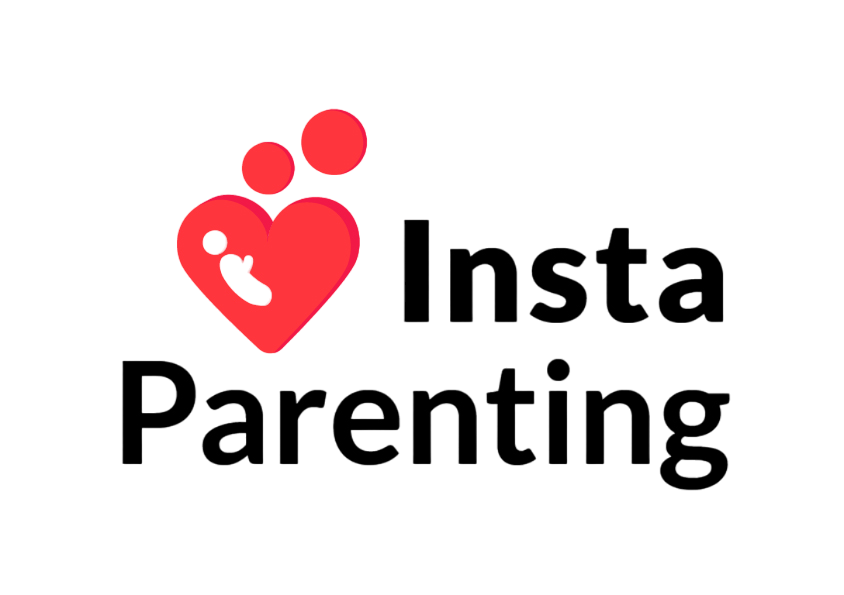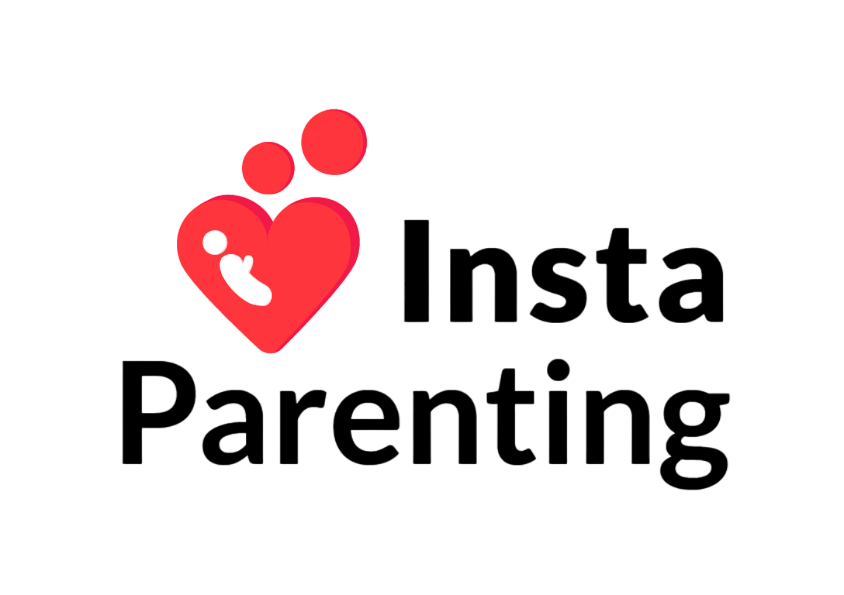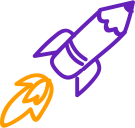Children develops the fastest from birth to 5 years old. These changes take place across various domains of development i.e.
- Cognitive
- Physical (Fine and Gross Motor)
- Socio-emotional and
- Language.
Most children follow a certain pattern of growth and development or achieve certain skills/abilities at a particular stage in development. These are called developmental milestones. However, it is important to note that every child grows and develops at their own pace, and might achieve a few milestones faster or slower than usual. If you feel concerned about your child not achieving a milestone, contact your pediatrician or speak to our expert.
Did you know?
90% of a child’s brain development happens by the age of 6?
Cognitive Development:
- Can follow 2-3 simple instructions given together.
- Understands the concept of real and imaginary by engaging in hands-on learning.
- Strongly believes that his or her own thoughts can make things happen
- Builds towers with 10 blocks or more
- Begins to copy more shapes and might even match or group similar shapes together
- Begins to count up to 10 and some might count up to 20
- Might be able to do simple calculation (e.g. 3+1=4)
- Begins to develop a better understanding of time (e.g. knows routines of a day). Might still get confused with ‘today’, ‘tomorrow’ and ‘yesterday’.
- Begin to understand more concepts like ‘short’, ‘tall’, ‘fast’, ‘slow’, ‘heavy’, ‘light’, etc.
- Begins to draws a person better – might include more body parts
- Might obey rules without actually understanding what is right or wrong
- Begins to learn more about self, like address (if it taught).
- May engage in simple experimentation, comparing attributes of objects like size or weight, in order to learn more about them. (e.g. might squeeze two toys to see if they are hard or soft)
- Still finds it difficult to differentiate between fantasy and reality.
- Attention span increases; the ability to concentrate on an activity ranges from 10-15 minutes, depending on how engaging or interesting the activity is.
Physical Development:
- Becomes efficient in movements such as walking, climbing, jumping, hopping, skipping, etc. Climbs up and down the stairs without support, one foot at a time.
- Might be able to skip on one foot.
- Might be able to stand on one foot for about 4-5 seconds, maybe longer.
- Develops better control over movements like throwing, bouncing, kicking, etc.
- Develops better motor coordination (e.g. running and kicking a ball)
- Begins to play on a swing, by themself.
- Might begin to ride a tricycle with training wheels (wheels at the side).
- Hand-dominance is established (clearly prefers one hand over the other to do things).
- Uses a spoon or fork.
- Begins to develop better control of tools (e.g. cuts on a line using a child-friendly scissor).
- Begins to develop dynamic tripod grip begins to develop (using thumb, index and middle finger to hold a pencil/crayon).
- Drawing skills are improving, seem more understandable to others.
- Engages in self-care activities (e.g. dressing, brushing teeth, etc.) without assistance. Needs assistance with things like tying laces, tying hair, etc.
- Begins to use the toilet on their own (might still have episodes of bedwetting in the night, though).
Socio-emotional Development:
Language Development:
- Mostly speaks clearly, might still have trouble pronouncing certain sounds (e.g. might use ‘th’ for ‘s’).
- Has a vast vocabulary which continues to expand (usually knows more words than they speak).
- Speaks in 5-6 word sentences. Might begin to use complex or compound sentences. (e.g. “We went to the fair and ate ice-cream.”)
- Begins to develop and apply grammar rules while speaking (this is in their mother tongue or first language).
- Narrates a simple story using full sentences.
- Asks a lot of questions.
- Might use “bad” words (if they have heard it being used, especially by close people).
- Begins to recognize many letters.
- Begins to develop phonic awareness (e.g. ‘A’ says ‘a’ as in apple).
- Shows a desire to understand text (e.g. asks what is written on the side of a bus).
- Might take an interest in reading books.
- Traces letters they are familiar with.
- Tries to write letters they know.
- Understands that letters (in the English language) have upper and lower case (If exposed to English text).
- Enjoys doing or trying out new things.
- Is still learning about what causes feelings and that others may not feel the same way about things.
- Enjoying singing, dancing, and acting.
- Might have mood swings and show aggressive behaviour.
- Might have an imaginary friend.
- Shows a desire to be more independent, might try to do things on their own.
- Might still have fears (e.g. of ghosts/monsters).
- Begins to agree with rules,
- Might try to please friends.
- Begins to become cooperative, although can still be very demanding at times.
- Does not usually like to share.
- Engages in make-believe play (e.g. playing doctor).
- Shows a curiosity for the body and might be found observing own or other’s bodies (e.g. lookings at genitals).
- Develops gender identity and take up gender-roles while playing (e.g. boy becomes the father).
- Might fight with siblings, if any
Did you know?
Research reveals that – every $1 invested in an early childhood program can yield $4-$16 in returns.
Helps your child achieve the above milestones through simple at home activities for 4 years old. Subscribe to Jyppzer Kids Plan Today!





